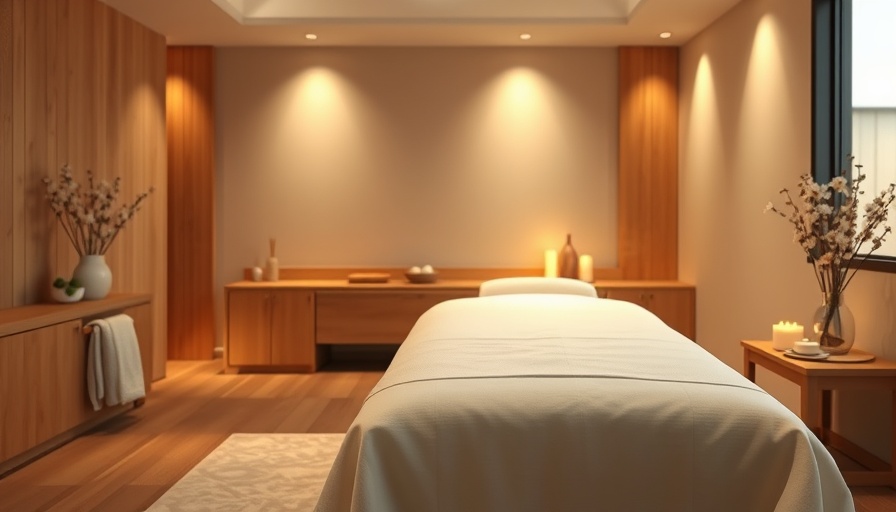
Understanding Ticklishness in Massage Therapy
Ticklishness during massage therapy can be surprising, as it’s often seen largely as a humorous, lighthearted trait. However, for many clients, it can be a serious issue that disrupts their relaxation and overall treatment experience. As Ian Harvey explained in his video on how to work with ticklish massage clients, understanding the reflexive nature of ticklishness is key to providing a positive experience. Ticklishness isn’t just a quirk; it’s a protective reflex that happens unconsciously, and often manifests as flinching or tension when pressure is applied.
In 'How to work with ticklish massage clients,' the discussion dives into innovative techniques and communication strategies that can transform the massage experience for sensitive clients.
The Importance of Communication
One of the most significant takeaways from Ian’s discussion is the value of open communication. It’s essential for massage therapists to establish a trustful environment where clients feel comfortable discussing their sensitivities. This starts with thorough intake forms that allow clients to openly address potential issues like ticklishness. When clients know their therapist is attuned to their needs, they are likely to feel more at ease.
Techniques to Alleviate Ticklishness in Massage
I found two fascinating techniques discussed in the video that can help manage ticklishness effectively. The first is the ‘airplane landing and takeoff’ method. Instead of abrupt movements that can startle a ticklish person, therapists can introduce touch slowly and incrementally, much like how a plane would take off and land. It’s all about making the touch gradual and predictable. This is particularly important during the initial contact, as it can help calm the nervous system.
The second technique involves the use of a ‘mother hand,’ a big broad contact that provides a simultaneous comforting pressure on the body. This large hand can be used in conjunction with work on sensitive areas, sending signals of safety while working with muscle groups that are usually riskier for ticklish clients.
Building Client Trust
For those living in Gig Harbor, WA, the principles shared in Ian’s video can significantly enrich the approach local therapists take when working with clients who may struggle with ticklishness. It’s not just about getting the job done; it’s about creating a sanctuary of trust and understanding. By applying gentle techniques, therapists can build rapport and provide a relaxing experience. This can be particularly beneficial for clients seeking deep tissue massage, therapeutic massage, or even prenatal massage, where a softer approach may be critical.
Conclusion: A Life-Changing Experience
The implications of mastering ticklishness techniques extend beyond just individual sessions. As Ian said, being the first massage therapist to provide a tickle-free experience can be transformative for clients who have long avoided areas of their bodies due to their sensitivity. For holistic and natural health-minded individuals in Gig Harbor, understanding and applying these methods could finally unlock a new level of relaxation and healing.
For anyone interested in exploring the benefits of massage further, consider booking a session with a qualified Gig Harbor massage therapist who can apply these techniques and personalize your experience. With numerous styles available—from relaxation massage to sports massage and everything in between—finding the right fit could elevate your overall well-being.
 Add Row
Add Row  Add
Add 




 Add Row
Add Row  Add
Add 


Write A Comment